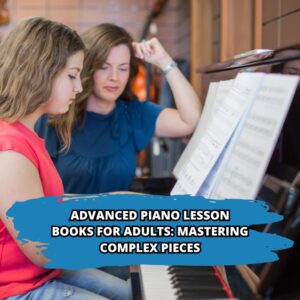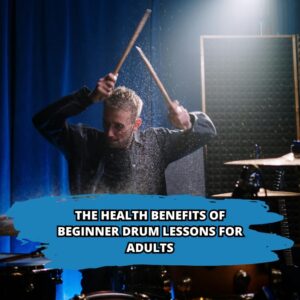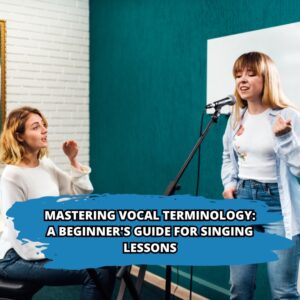If you’re first starting out as a new student for piano lessons you may be wondering what the 3 different pedals at the bottom of the piano are for. The first piano pedal type of mechanism came on the scene back in 1722, which is now known as the soft pedal. Since that time to more pedals have been added and it’s important to know the function of each pedal when you take a piano lesson.
The Sustain Pedal
This is also known as the damper pedal and it is the pedal that is most often overused on the piano. While many people think that the pedal is there to make the sound louder, the pedal actually does a lot more than that.
When you’re playing the piano the sound stops as soon as you stop playing. If you keep your foot on the sustain pedal, however, you’ll hear the strings continuing to vibrate. This sound will go on until it goes away naturally or until you release the sustain pedal. While the sound appears to be louder, it is actually the strings vibrating with a continuous motion that creates the full sound you hear.
When you’re taking piano lessons your instructor will teach you how to use the sustain pedal properly. It is commonly used to create sounds that are connected and fluid. This cuts down on the choppy or disconnected sounds that may occur in some pieces that require a lot of movement up and down the keyboard.
It can take some getting used to when you’re first starting piano lessons to understand the techniques used for this pedal. You may find it clumsy to use at the beginning but it is a good hand and foot coordination exercise. You’ll need to use your foot simultaneously to push down on the pedal while you are continuing to play the piece with your hand. After a while, however, as you progress with your piano lessons, you’ll find that pushing the sustain pedal comes naturally.
Understanding the Sostenuto Pedal for Online Piano Lessons
The sostenuto pedal is found in the middle of the pedals. In some cases you may have a piano that only has 2 pedals, since this sostenuto pedal is not included. It is rarely used and is the most recent edition to pianos. It didn’t come into existence until the second part of the 1800s. When you are taking online piano lessons, your instructor will let you know how to use it when necessary.
This pedal resembles the sustain pedal but it has some differences. First of all, it will only sustain any notes that are played below and including Middle C. As well, you must have been playing notes when the pedal was already pressed in order for the notes to be sustained. If you want to sustain higher notes while the sostenuto pedal is pushed down, you’ll have to make use of the sustain pedal as well.
Using the Soft Pedal for Piano Lessons in Toronto
The soft pedal is used to make the sound quieter and softer. It can also be kept pressed down when you need to practice for your piano lessons in Toronto but have to do it quietly. It’s interesting to note, however, that if you’re playing the piano loudly, depressing the pedal won’t make the sound softer. It should be used if you are playing music softly already.
There are some music pieces that will indicate in the notation that the soft pedal should be pressed. This notation is known as “una corda” while the notation showing that it’s time to release the soft pedal is known as “tre corda”. Once you start taking piano lessons in Toronto your instructor will explain the different pedal notations to you so that you can recognize them when you are playing your music.
Peddling Tips for Beginners
Here are some great tips to help you with your technique for using the pedals for online piano lessons.
- Not all piano music requires peddling. Sometimes you will see it noted on the sheet music but at other times you won’t. This does not mean to say, however, that you can’t try using the pedals at any time while playing to see for yourself what a difference they would make in the overall sound of the song. Feel free to experiment – especially if you feel that the piano piece you are playing sounds at all choppy. Taking piano lessons in Toronto gives you the opportunity to use your creativity since music is an art form and you are the master of it.
- It’s best not to keep your foot on the sustain pedal for extended periods of time unless it has been noted in the sheet music. It should never be used to cover up any mistakes you’re making while you’re playing. If you feel that your music sounds sloppy, don’t automatically turn to the sustain pedal to cover up any faults you may be making. If you do use the sustain pedal for too long, it will make the music sound a lot messier and heavier.
- If you sit too close to the piano you’ll have a hard time controlling the pedals. You should be sitting back, far enough away from the instrument to allow your legs to be at a 90° angle when your knees are bent. If not, you’ll be sitting too close to the piano and will have a hard time managing the pedals.
- Use the pedals with your heel resting comfortably on the ground. Use the ball of the foot to push down on the pedal. While it may seem a bit awkward at first, you’ll find that it becomes second nature the more you do it this way.
At Elite Music we can show you visually how to use the pedals and teach you more about the notations on sheet music that you should know. Whether you are interested in online piano lessons or studio piano lessons in Toronto, we will go over all of the aspects of this wonderful instrument so that you feel confident playing it. Find out more at elitemusic.ca today.









